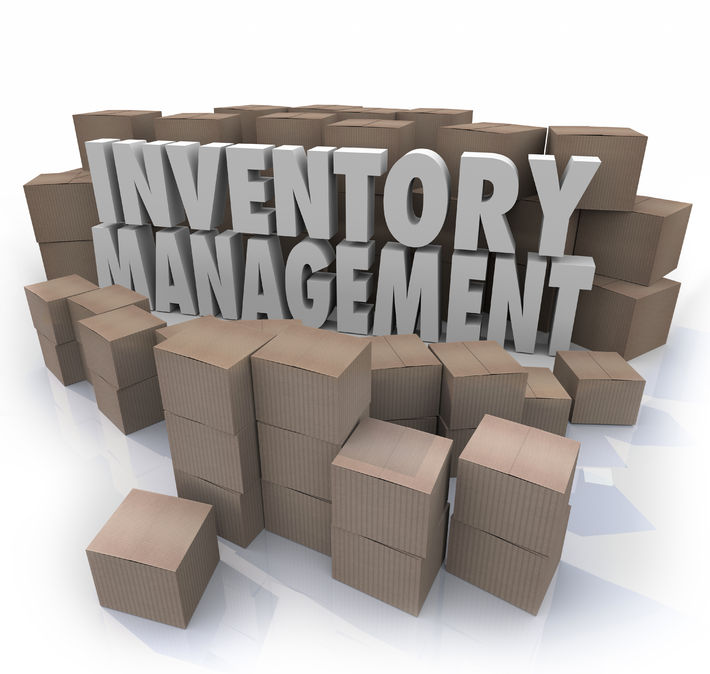When it comes to American inventory management, there’s a startling amount of lost opportunity. And all too often, those missed chances equate to lost profits. Hopefully your own inventory management team is on the ball, running the warehouse at a level above average. But better than just hope, you can find specific areas for improvement and work with your team to enhance your company.
Capterra Blogs writer Andrew Marder has gathered information on ten of the most troubling aspects of modern inventory management. These statistics paint a picture of U.S. businesses not appreciating how much benefit could accrue from high quality warehouse tools and processes.
1. The equivalent of 7% of the national GDP is tied up in business inventories, accounts receivable, and accounts payable – approximately $1.1 trillion in cash.
2. Inventory as a percentage of sales is on the rise from its 2011 low. U.S. retailers are carrying an average $1.43 in inventory for every $1 in sales.
3. Nearly half of American companies don’t have a robust inventory management system in place. 46% of SMBs use a manual method or simply don’t track inventory.
4. Companies are holding on to more stuff, in spite of increasingly efficient shipping and manufacturing networks. A measurement of the amount of inventory on hand, based on average sales per day – called Days Inventory Outstanding – rose more than 8% from 2009 to 2014.
5. Enabling some of these inefficiencies, we see that warehouse space is much cheaper than other building types: an average cost per square foot of $5.08.
6. In a 2013 survey looking ahead to this year and next, Motorola found that 54% of businesses planned to increase the number of inventory SKUs they stock.
7. Retailers are shifting the balance of inventory more toward stores, as seen even in 2015 with 15% of Target’s online purchases marked for pick up in-store.
8. To take advantage of mobile devices for increased speed and operational efficiency, 67% of warehouses plan to increase use of these devices for managing inventory.
9. Improved inventory tracking has benefits beyond dollar savings. Measured in 2010, barcodes on medication reduced errors at an academic medical center by 41.4%.
10. Inventory and warehouse management is growing in relevance. The Bureau of Labor Statistics shows that from 2008 to 2015 the number of warehouses in the U.S. rose 9%.
Technologies such as barcodes and RFID tags are examples of how inventory management can be enhanced. Two other high-ROI approaches are to create custom applications for your specific warehousing needs and to integrate your inventory system with your accounting, CRM, and ERP software. aACE is a highly recommended solution that brings the benefits of FileMaker development and robust integration to work for you.




